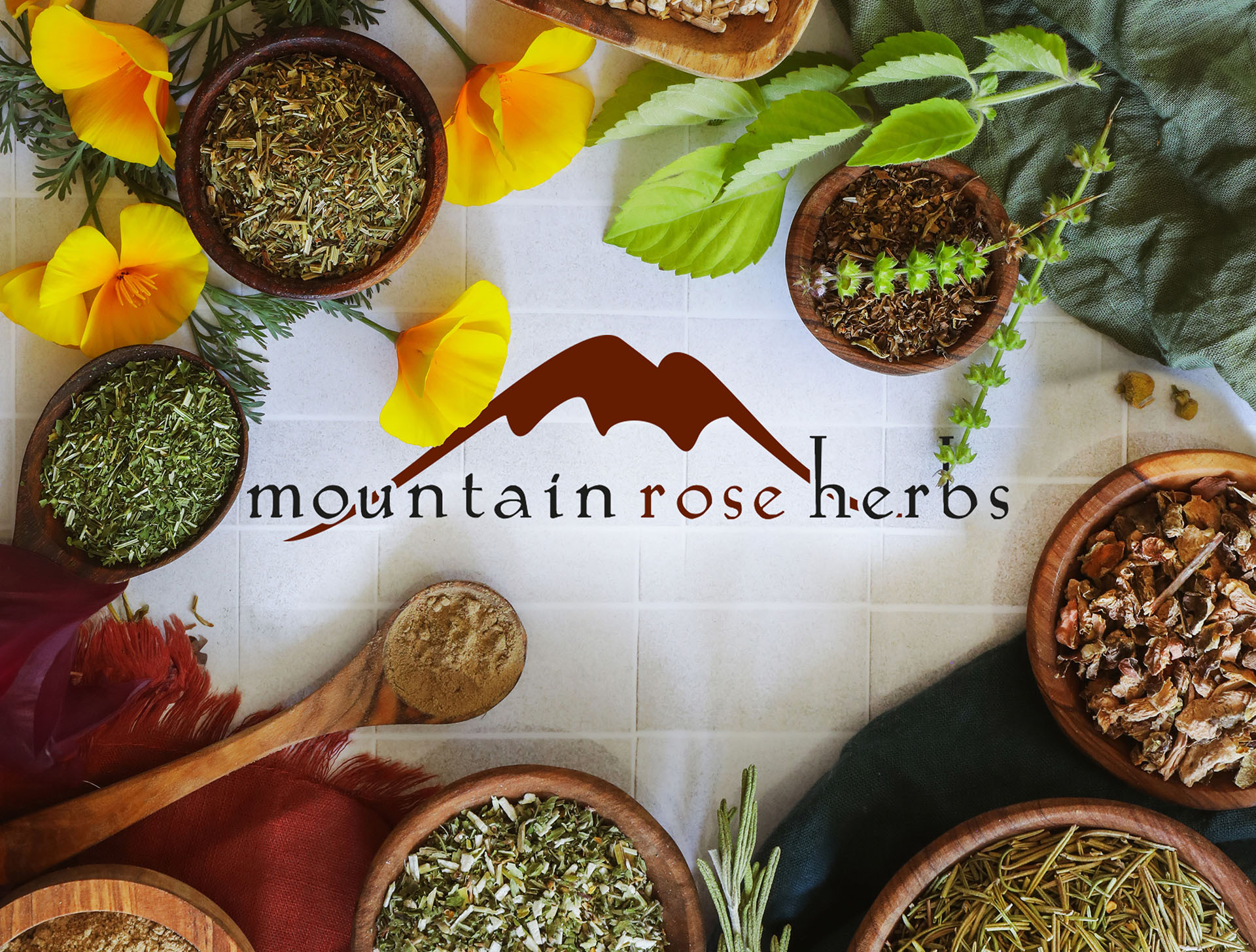Lavandula x intermedia is a hybrid cross between two species of lavender flowers and is known for its strong fragrance and hardy growth. Lavandin flowers retain their aroma and color when dried, making them a favorite floral for sachets and potpourris. They can also be used in topical applications, herbal infusion blends, and culinary recipes.
For years we have sold both Lavandula angustifolia and Lavandula x intermedia as Lavender flowers. We are now excited to be able to offer you both of these beautiful flowers. In general, they can be used interchangeably; however some people do prefer one over the other.
Lavandula angustifolia is the classic lavender that most people are familiar with. It can also be found on the market as Common Lavender, French Lavender (when it comes from France), True Lavender, or Lavender. You may also see it labeled as Lavandula officinalis. This little greyish purple flower is known for its sweet floral aroma. The genus Lavandula is in the mint family.
Lavandula x intermedia is quickly becoming a popular ‘Lavender’ species on the market. It can sometimes be found as Dutch Lavender, but is often sold as Lavender. We are slowly seeing it labeled properly as Lavandin. These bluish purple flowers have a brighter color in comparison to the English Lavender. Lavandin has an equally characteristic sweet floral lavender aroma, with a slight camphor note.
Lavender is an aromatic perennial evergreen shrub. Its woody stems bear lavender or purple flowers from late spring to early autumn, although there are varieties with blossoms of white or pink. Lavender is native to the Mediterranean, but now cultivated in cool-winter, dry-summer areas in Europe and the Western United States. The use of Lavender goes back thousands of years, with the first recorded uses by the Egyptians during the mummification process. Both the Greeks and the Romans had many uses for it, the most popular being for bathing, cooking, and as an ingredient in perfume. Lavender was used as an after-bath perfume by the Romans, who gave the herb its name from the Latin lavare, to wash. During the Great Plague of 1665, grave robbers would wash their hands in a concoction called Four Thieves Vinegar, which contained lavender, wormwood, rue, sage, mint, and rosemary, and vinegar; they rarely became infected. English folklore tells that a mixture of lavender, mugwort, chamomile, and rose petals will attract sprites, fairies, brownies, and elves.
As a spice, lavender is best known as an important aspect of French cuisine and is an integral ingredient in herbs de Provence seasoning blends. Lavender may be used on its own to give a delightful, floral flavor to desserts, meats, and breads. The flowers can also be layered within sugar to infuse it with its distinctive aroma for use in cookies and candies.
Precautions
No known precautions. We recommend that you consult with a qualified healthcare practitioner before using herbal products, particularly if you are pregnant, nursing, or on any medications.
This information has not been evaluated by the Food and Drug Administration. This product is not intended to diagnose, treat, cure, or prevent any disease. For educational purposes only.








